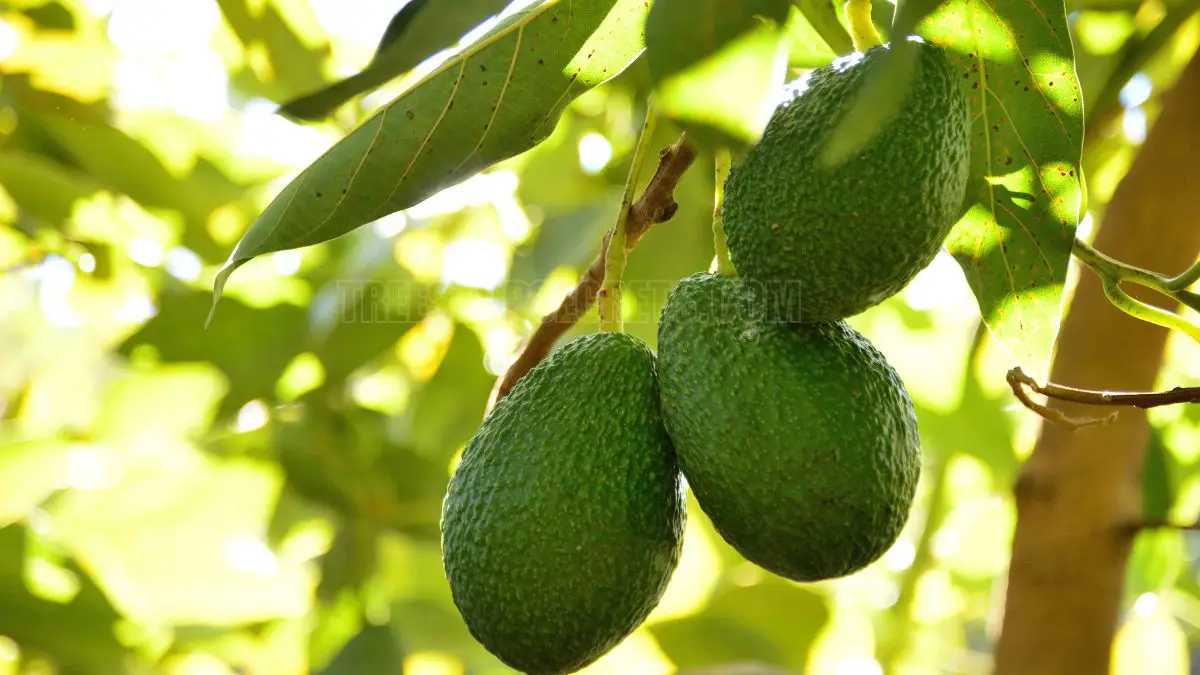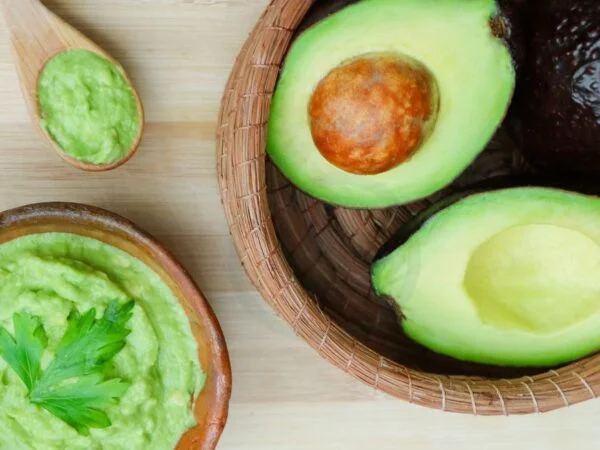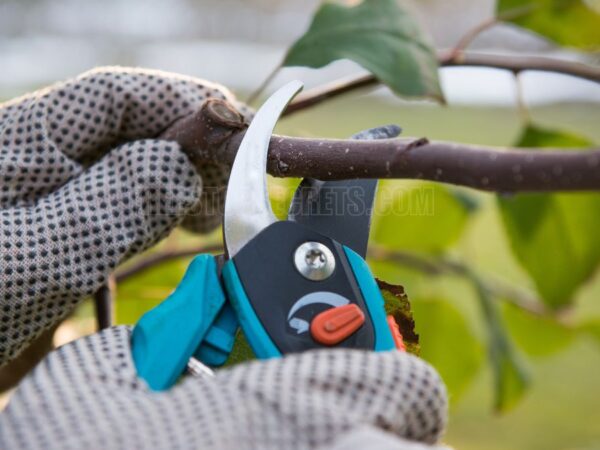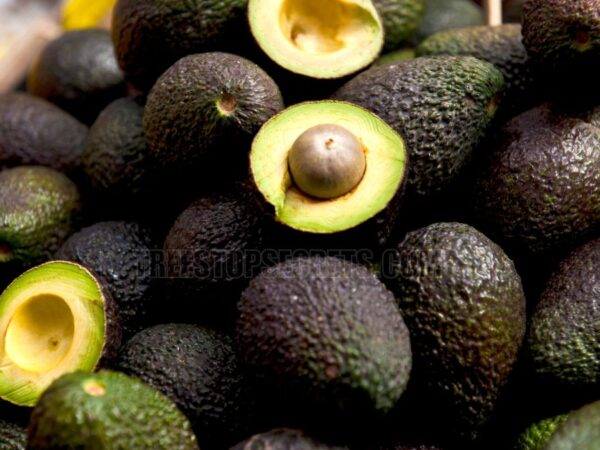Avocado plants thrive when given the right amount of sunlight. Whether you're growing your tree indoors or outdoors, understanding how much sun it needs is essential for healthy growth and fruit production. In this article, we'll explore the sunlight requirements of avocado plants, providing helpful tips on ensuring your plant gets what it needs to flourish. Read on to learn how to keep your avocado plant happy and thriving!
Avocado plants need at least 6 to 8 hours of direct sunlight daily. Ideally, they thrive in full sun, where they receive bright light throughout the day. Too little sunlight can result in slow growth, while too much intense sun can lead to sunburn on the leaves. Ensuring the right balance is crucial for the plant’s overall health and fruit production.
Curious about whether your avocado plant is getting enough sun? You’re not alone! Many avocado growers struggle with finding the perfect spot for their trees. By the end of this article, you’ll know exactly how to optimize sunlight exposure for your avocado plant, ensuring healthy growth and the best chance of producing fruit.
Sunlight Needs for Avocado Plants
Curious about how much sun your avocado plant needs? Let’s break it down so those green buddies of yours can thrive and give you some juicy avocados.
Why Direct Sunlight Matters
Think of sunlight as the secret sauce for your avocado plants. It’s not just about looking good; it's the magic that kickstarts flower production. No sunlight? No flowers. No flowers? No fruit. It's like the engine that drives photosynthesis, pumping the plant full of energy (Gregarious).
Sunlight Intensity and Avocado Growth
Ever notice how some avocados taste like a dream and others…not so much? That's the sunlight talking. The right balance of intensity and duration makes all the difference. Too little light, and your fruits end up small and lack the flavor punch. Too much, and you risk sunburn and plant stress. It's like Goldilocks—finding the "just right" amount.
| Sunlight per Day | What to Expect |
|---|---|
| Less than 6 hours | Tiny flowers, meh fruits |
| 6-10 hours | Happy plants, great fruits |
| More than 10 hours | Sunburn alert! Stressed plants |
Getting Plants Used to Sunlight
You wouldn’t go sunbathing for hours if you’ve been stuck inside all winter, right? The same goes for your avocado plants. Introduce them to sunlight slowly, especially if they’re young or have been chilling in shady spots. This adjustment period can prevent plant shock and make your plants more resilient (Gregarious).
So, getting the sunlight right is a game-changer for growing awesome avocado plants. By grasping why direct sunlight matters, how sunlight intensity affects plant growth, and the importance of gradual exposure, you’ll set the stage for a lush, avocado-bearing paradise.
Outdoor Sunlight Guidelines
Getting the hang of how much sun your avocado plants need can make a world of difference in their growth. Here's what I've picked up over time about their sunlight needs.
Best Time for Sun Exposure
Avocado trees love soaking up direct sunlight for at least 6 hours a day. I've found that the morning sun is the sweet spot. Those warm rays help them grow strong without the intense heat of midday. I also make sure they get some shade during peak sun hours to avoid issues like leaves turning yellow or curling up from too much sun Greg App.
Winter Sunlight Tolerance
During winter, avocado trees can handle more sunlight. Because the UV levels are lower and the overall temperatures cooler, they can bask in the sun without stress Gregarious. This means you can let them have a bit more sunlight without worrying about damage.
Preferred Daily Sunlight Hours
Here’s a quick breakdown of how much sun avocado plants enjoy depending on the season:
| Season | Preferred Sunlight Hours | Notes |
|---|---|---|
| Spring | 6+ hours | Best growth period |
| Summer | 6 hours | Morning sunlight is ideal |
| Fall | 6 hours | Start of cooler weather |
| Winter | More sunlight tolerated | Lower UV levels and cooler temperatures |
Following these simple guidelines, I've managed to keep my avocado plants happy and healthy, leading to tasty, homegrown avocados!
Indoor Light Management for Avocado Plants
Caring for indoor avocado plants has been a rewarding journey, especially when it comes to managing their light needs. Knowing the right amount of sunlight is crucial for keeping avocado plants happy and healthy.
Best Lighting: Bright but Indirect
From my experience, avocado plants inside love bright, indirect sunlight. It's that sweet spot between harsh, direct sunlight and gloomy, shadowy corners. I keep my avocados near a south-facing window with a sheer curtain to chill out the light. This way, they soak up enough rays without getting their leaves scorched—nobody likes sunburn.
Not Enough Light? Here's How to Tell
When my avocado plants don’t get enough light, they show clear signs they're craving more. Keep an eye out for these symptoms:
| Sign | What's Happening |
|---|---|
| Slow Growth | The plant seems to hit the brakes on growing. |
| Small Leaves | The leaves are tinier than they should be. |
| Stretching Stems | The stems get long and lanky, reaching out desperately for light. |
Once I spot these red flags, I move my plants to a brighter spot or think about using some extra lighting.
Using Grow Lights to Save the Day
When natural light isn’t doing the trick, I rely on grow lights. A 24W LED bulb placed about 6 inches from the plant really does the job, providing a light intensity of around 500 μmol/m²/s, which is pretty darn close to sunlight.
Using grow lights isn't just about keeping the plant from starving for light. It’s also essential for flowering. Avocados are "short day" plants, meaning they need plenty of darkness to bloom. Setting up timers for grow lights helps me nail that light-dark balance, pushing my avocado plants to flower like champs.
In sum, keeping an eye on light—both natural and artificial—makes a huge difference in how well indoor avocados do. Trust me, once you get the hang of it, you'll see your plants thrive.
Artificial Lighting for Avocado Plants
Growing avocado plants indoors isn't rocket science, but getting the lighting right is key. Here's what I've figured out about light spectrum, timed lighting for flowering, and ideal light duration.
Nailing the Light Spectrum
Avocado plants love bright light, and they need around 6+ hours of direct sunlight to feel at home. To mimic that indoors, I use bright artificial bulbs. A 24W Sansi bulb positioned about 6 inches above the plant works wonders, delivering a PPFD of 500 μmol/m²/s. This setup helps recreate the sunlight these plants adore, giving them the light they need to thrive.
| Light Source | Wattage | Distance from Plant | PPFD (μmol/m²/s) |
|---|---|---|---|
| Sansi Bulb | 24W | 6 inches | 500 |
Timing the Light for Flowering
Turns out, avocado plants are "short-day" plants, meaning they flower quicker with longer nights. I set my timers to keep the artificial lights on for only 10 hours a day, allowing the plant to rest in darkness for the remaining 14 hours. This adjusted cycle encourages them to flower faster.
| Cycle | Light Duration (hours) | Dark Duration (hours) |
|---|---|---|
| Recommended | 10 | 14 |
Finding the Sweet Spot for Light Duration
While 10 hours helps with flowering, the overall light needs for daily growth can vary. Generally, my avocado plants seem happy with 6-8 hours of light per day. The trick here is to keep light intensity at 70-80%. On days when I tweak the light to 9-10 hours, I lower the intensity a bit to keep things balanced.
| Light Duration | Recommended Range (hours) | Intensity (%) |
|---|---|---|
| Average | 6 - 8 | 70 - 80 |
| Maximum | 10 | Lower Intensity |
By tweaking these lighting tips, I've managed to create a cozy indoor paradise for my avocado plants. Happy growing!
Save Your Avocado Trees from Sunburn
Taking care of avocado trees can be a tricky business, but keeping them safe from sunburn is key. They don't fare well under intense sunlight, especially during blistering hot days.
Natural UV Protection for Avocado Trees
Believe it or not, avocado trees have their own built-in sunscreen. They produce a cool protein called UVR8 which helps them manage UV light exposure (Gregarious). This protein works like a shield, giving the leaves and branches some protection. But even with this natural defense, avocado trees can still get scorched, particularly on the south or west sides where the sun hits hardest.
How to Stop Sunburn in Its Tracks
I've learned the hard way that keeping avocado trees safe from sunburn is critical. When summer rolls around, I take no chances. My go-to trick is using diluted white latex paint on the bark. Think of it as SPF for plants (Greg Alder). This reflective coat helps stop the bark from scorching and turning black.
Here are some more handy tips to prevent sunburn:
| Technique | What It Does |
|---|---|
| White Paint | Mix white latex paint with water and slap it on the bark of exposed branches. |
| Shade Cloth | Set up a shade cloth over the trees to block the hottest rays. |
| Water Regularly | Keep the trees well-watered, especially during heatwaves. |
Dealing with Sun Damage
If you notice your avocado trees are hurting from sunburn, it's time to jump into action. Symptoms include wilting leaves or blackened bark. During the brutal heatwave in Southern California in July 2018, many avocado trees got fried when temperatures hit over 110 degrees (Greg Alder).
Here's my plan to help burnt trees bounce back:
- Water ASAP: Give the trees a good soak to help them recover from the heat.
- Prune Damaged Bits: Trim off the worst-hit branches so the tree can focus on getting better.
- Keep Watch: Regularly check for new growth and signs of recovery.
By taking these steps, I can keep my avocado trees healthy and happy, letting them bask in the sun without getting sunburned.
Boosting Your Avocado Growth with Smarts
Growing a lush avocado tree isn’t just about soaking up the sun. You've got to care for the soil and provide the right nutrients too. Here’s how I give my avocado plants the best shot at thriving.
Getting the Soil Just Right
Soil temperature is a big deal. Avocados love it when the ground's nice and warm, around 68 to 77°F (20 to 25°C). If it dips below 50°F (10°C) or shoots above 86°F (30°C), the roots won't be too happy.
| Soil Temps (°F) | How It Affects Growth |
|---|---|
| Below 50°F (10°C) | Roots slow down |
| 68 - 77°F (20 - 25°C) | Plant party time |
| Above 86°F (30°C) | Roots slow down again |
Coffee Grounds – Your Secret Weapon
Yep, you heard it right. Those old coffee grounds can work wonders. I sprinkle them on my avocado plants once a month. It's an easy way to feed them the good stuff without hurting the wallet (Gardening Stack Exchange).
| Good Stuff in Coffee Grounds | How It Helps |
|---|---|
| Nitrogen | Gets those leaves pumped up |
| Phosphorus | Strong roots and flowers |
| Magnesium | Better photosynthesis |
Preventing Micronutrient Shortages
Avocados can throw a fit if they’re missing small but essential nutrients like zinc, iron, copper, boron, and molybdenum. The good news? Coffee grounds have traces of these too (Gardening Stack Exchange).
I keep an eye on my avocado leaves. Yellow leaves or other funky colors? Time to tweak the fertilization mix or add in extra micronutrients. Keeping tabs on this keeps my avocados looking lush and healthy.
Watch and Learn
So, by paying attention to soil temperature, using eco-friendly coffee grounds for nutrients, and keeping an eye on those leaves, my avocado plants are on the path to greatness. No need to complicate things, right? Just simple steps for juicy results.
Final Thoughts: How Much Sun Does an Avocado Plant Need?
Ensuring your avocado plant gets the right amount of sunlight is key to its healthy growth and fruit production. Aim for 6 to 8 hours of direct sunlight daily, whether you're growing it outdoors or inside near a bright window. Proper sunlight not only enhances growth but also helps your plant stay strong against pests and diseases. With the right care, your avocado plant will reward you with healthy leaves and, hopefully, delicious avocados!
FAQs about "How Much Sun Does an Avocado Plant Need"
Q: Can avocado plants grow in partial shade?
A: While avocado plants prefer full sun, they can tolerate partial shade. However, this may slow their growth and reduce fruit production. For best results, aim for at least 6 hours of direct sunlight.
Q: What happens if an avocado plant doesn't get enough sunlight?
A: Without enough sunlight, avocado plants may become leggy, with weak stems and sparse leaves. This can also lead to poor fruit production and make the plant more susceptible to pests and diseases.
Q: Can I grow an avocado plant indoors without sunlight?
A: Avocado plants need bright light to grow indoors. If natural sunlight is insufficient, using a grow light can help provide the necessary light. Choose a sunny window or place the plant under a grow light for 6–8 hours daily.
Q: Can too much sunlight harm an avocado plant?
A: Yes, excessive direct sunlight can cause sunburn on avocado leaves, leading to brown or crispy spots. It's essential to balance sunlight exposure and provide some shade during the hottest parts of the day, especially in hotter climates.
Q: How can I tell if my avocado plant is getting enough sun?
A: Healthy avocado plants will have lush, green leaves and a sturdy stem. If the plant shows signs of legginess, yellowing leaves, or slow growth, it might not be receiving enough sunlight.
Image Source: Paid image from CANVA





